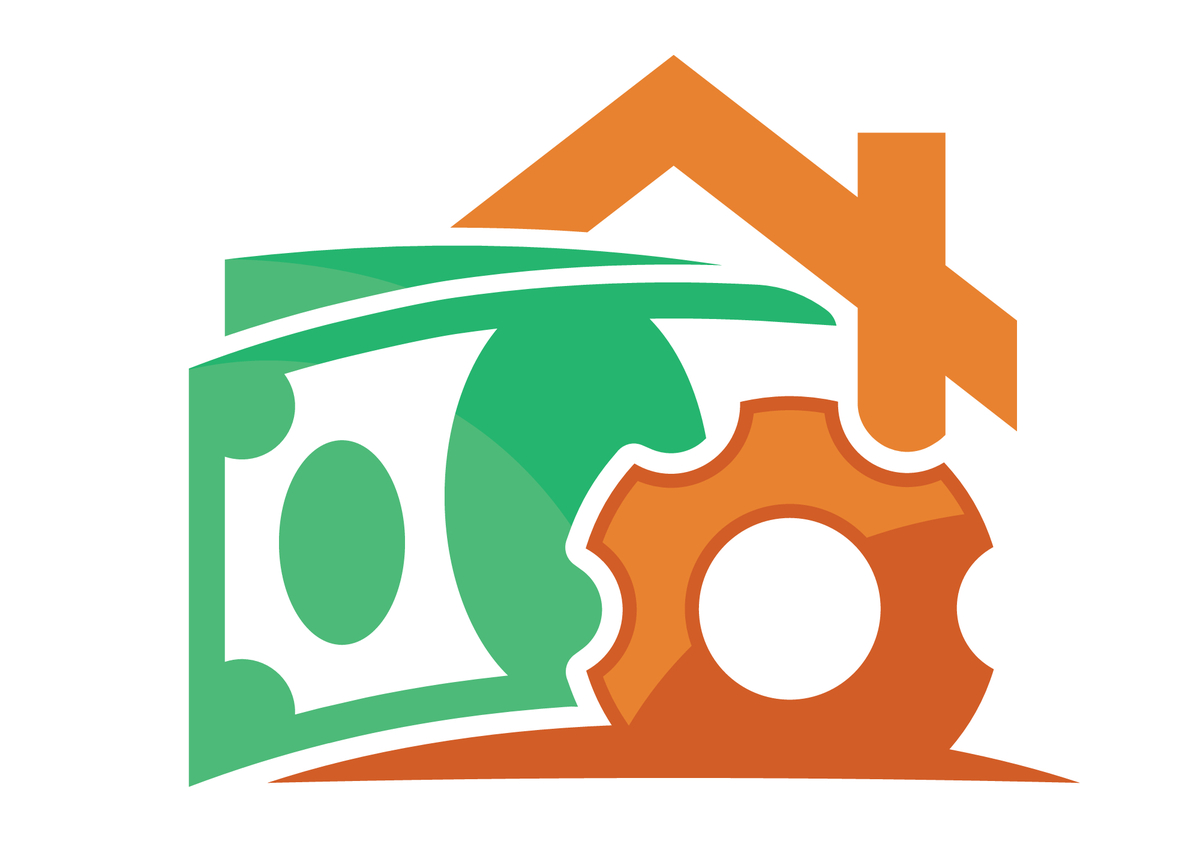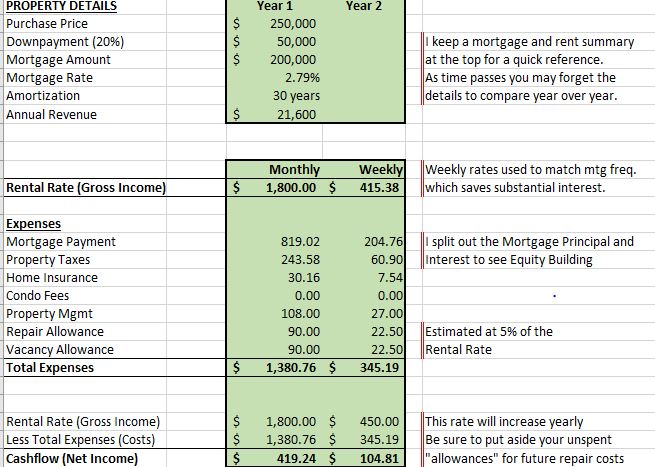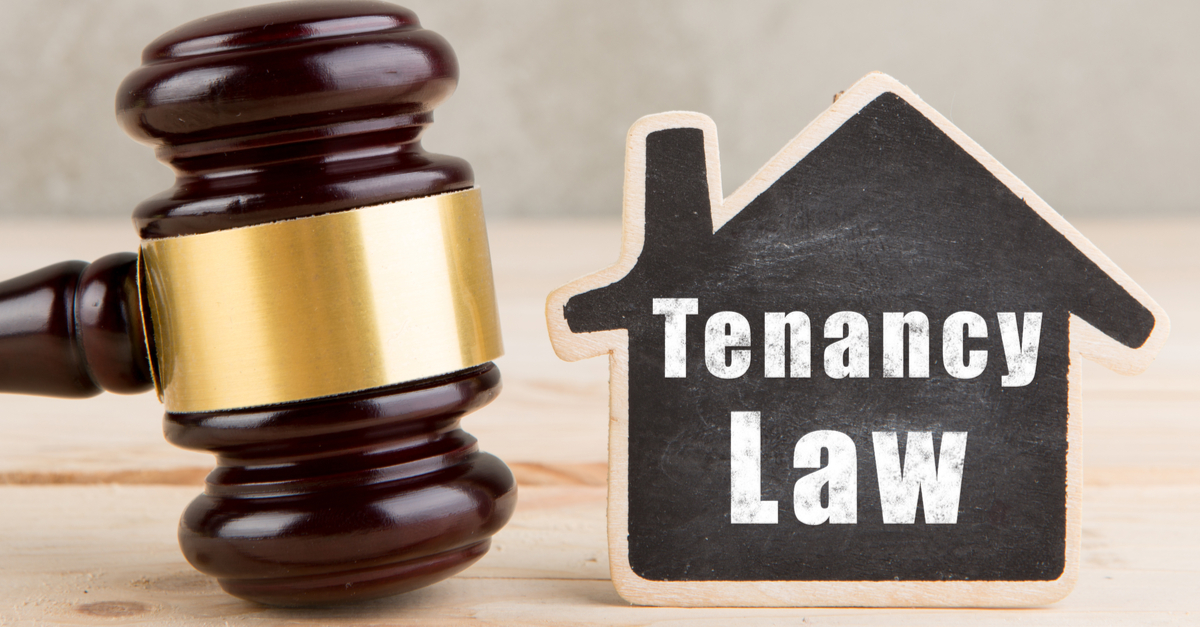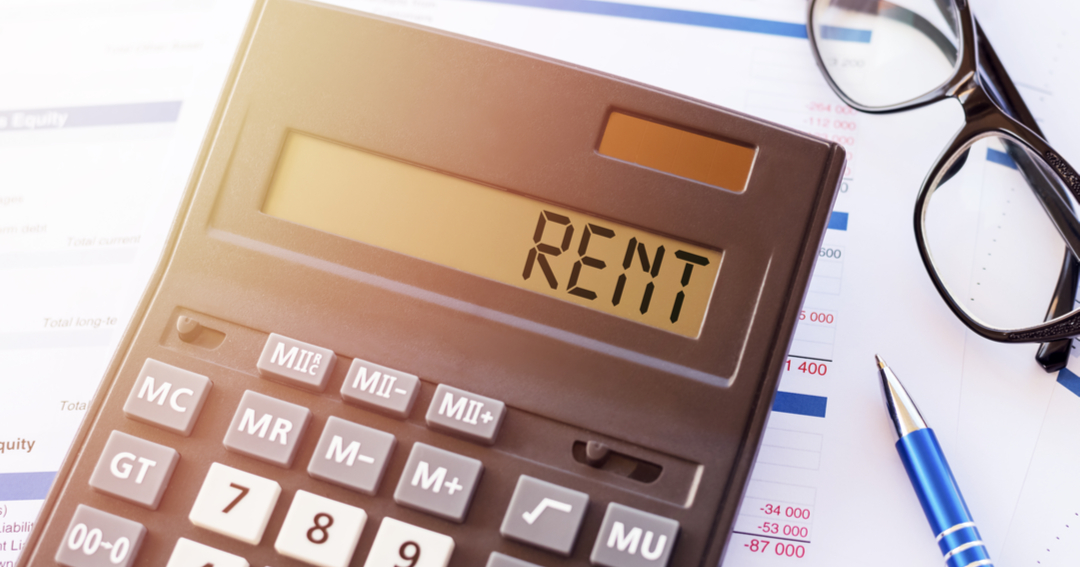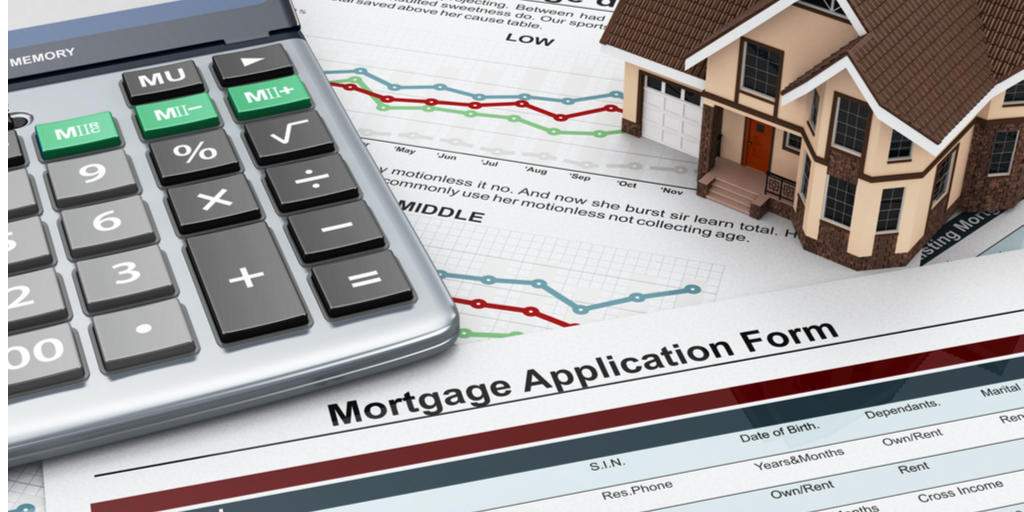In my previous post, I used an analogy to illustrate the level of care to expect from a Tenant in terms of property maintenance. Beyond level of care, what exactly are the responsibilities of the Landlord and Tenant when it comes to maintaining the property? Who’s job is it, anyway?
Using the same Rental Car Analogy, it would not be reasonable for a rental car company to expect a customer to care for the car as if it were their own. Obviously, there is a duty of care, but there are limitations.
The asset (the car) is owned by the rental company and it’s their responsibility to do the maintenance on the asset. It’s well proven that a well-maintained asset is going to generate more revenue over time. The same holds true for a rental property. The Landlord should view their property as an asset and should take measures to maximize the potential of that asset.
In terms of up-time, the rental car customer is expected to return the vehicle in the same condition as it went out. The profitability of the rental car company depends on the car being ready for the next customer, with minimal effort or down-time. Similarly, the profitability of a rental property depends on a smooth transition from Tenant to Tenant, with minimal down-time (vacancies) and minimal expenses (maintenance or repairs).
The key to success for both ventures is up-time of the asset, while minimizing expenses. For a Landlord, this can’t be left up to the Tenant alone. It’s not their asset, so the Landlord’s best interest might not be top priority. It’s ultimately the Landlord’s responsibilities to maintain a property. This is both for their own benefit – upkeep and value of the property; and for the Tenant – reasonable enjoyment and lower turnover.
This approach also enables the Landlord to have pride in their portfolio of properties. Nothing is worse than driving by your property and seeing it in disarray. Nobody wants to own the worst house on the street.
To most Landlords, the thought of maintaining the property can be overwhelming and a frustration, but does it really need to be? Are there short-cuts to owning a well-kept portfolio of properties without being overwhelmed with work and expenses? Is it possible for your real estate income to be passive?
The answer is yes, within reason. A rental property can never be out-of-sight or out-of-mind completely, but there are ways to achieve an equilibrium, with minimal effort for you or the Tenant.
9 Ways to cure your Maintenance Headaches
- Buy the right property
I could write a whole article on this one. The characteristics of the property are going to have a direct effect on the amount of maintenance, and expense, required. Characteristics such as:
- Age of the structure – 70’s Bungalow vs. New-build Townhouse, etc.
- Size of the lot – older subdivision with large lots vs. newer “postage stamp” lots
- Types of vegetation – mature trees and flower beds vs. new sod
- Type of structure – Townhouse vs. 2-story Detached
- Age of the mechanical components – Furnace, A/C, Appliances
- Interior Finishes – e.g. Engineered flooring vs. Hardwood
You need to take a hard look at your own motivations and what you’re willing to deal with. Are you Handy? Are you ok with dealing with issues? Or would you rather pay a Condo Maintenance Fee each month and not have to worry?
The characteristics of the property also influence the type of Tenant that you attract. It will be much more difficult to find a Tenant to take care of a high-maintenance property, say a house on a one-acre lot with expansive flowerbeds. They just don’t care that much about your asset, which can create headaches for you.
- Preventative Maintenance Inspections
As I mentioned above, a rental property cannot be out-of-sight and out-of-mind. Doing Inspections is one of the best ways to ensure that the property is being maintained to adequate standards. I’m not just talking about Tenant damage, but also checking on the general working condition of the property. Checking for issues that might not be obvious, but could lead to a future breakdown or repair.
An inspection is also a great opportunity to connect with the Tenant. The visibility also lets them know that you’re not an absentee Landlord. In their mind, they know that you’ll be back again to check on things, so they’ll be more likely to maintain the items they can properly.
- Annual Maintenance Plan
Not all repairs and improvements need to be done all at once. The Landlord should put together a plan for these items to be done over time. This gives the Landlord an opportunity to budget for the expense and ideally use the revenue from the property to cover the cost.
A Maintenance Plan helps you look at the big picture, beyond the day-to-day. It helps you to answer some important questions:
- What are the unavoidable large repairs needed to the property and when?
- How can I improve the property, to add value and make it more attractive to Tenants and/or increase revenue?
- How do I want the property to look?
- Would the property be ready to sell tomorrow, or would it need work?
- What needs to be done, so that I can sell the property for top dollar, when the time comes?
- Tenant Selection
The key to success in real estate investing is selecting the right Tenant. Of course, you want a Tenant that pays their rent on-time and in-full, but you also want a Tenant that is a good fit for the property. By this I mean, a Tenant that will have minimal impact on the property and/or a Tenant that will is able to handle the maintenance requirements.
Some factors to consider:
- How many people will be living in the unit? For example, there would be significant wear-and-tear if you put a family of 6 in a 3-bedroom Condo apartment. A family would be better suited to a Detached house with more space.
- What are the capabilities of the Tenant? For example, Seniors might not be a good choice for a property that requires a lot of lawn cutting or snow shoveling.
- Are you renting to a family, young couple or 3 friends moving in together? Each type of Tenant will have a different impact on the property.
As you can see, selecting the right Tenant has a direct impact on your life as a Landlord. Choosing the wrong Tenant can lead to excessive wear-and-tear on the property and excessive expenses.
How do you avoid this?
You should create a profile of your perfect Tenant, like an avatar. Consider the characteristics of the property and what type of Tenant would fit perfectly. Envision every detail to create your ideal Tenant profile, then apply this profile to your Tenant Screening process.
- Key Deposit vs Damage Deposit
Under the Ontario Residential Tenancies Act, a Landlord is not permitted to request a damage deposit from a Tenant. However, you are permitted to collect a Key Deposit. Technically, you’re not permitted to withhold the key deposit to cover cleaning or repair costs, but it does give you leverage with the Tenant, as they will want to leave the unit in good condition, so that their deposit is returned without issues.
- Incoming and Outgoing Inspections
Your Move-in/Move-out process should include an inspection with documentation, for a number of reasons:
- The Tenant knows that you’ll be doing an inspection and will be more likely to have the property cleaned up and ready for you.
- You can ensure that the outgoing Tenant has removed all furniture and personal belongings. There’s nothing worse than finding a garage full of junk and garbage after a Tenant vacates. Disposal costs can run upwards of $250-$500 and are difficult to collect after-the-fact.
- If there is excessive wear and tear or damage to the unit, you have an opportunity to demand compensation from the Tenant. If they have already moved out of the unit without an inspection, it will be very difficult to collect any money from them for damages. They’ll be gone.
- Periodic Lawn Service
Arranging a Lawn Care service will help to keep your investment looking great. This could certainly translate into higher-quality Tenants and a higher rental rate. Booking this service is not as expensive as you might think. Usually, the lawn does not need to be cut every week, but can be stretched to 10-14 days, depending on the weather. Consider it an investment in your asset.
- Spring/Fall Cleanup
Another easy way to ensure that the property is being maintained, is to provide a general cleanup in Spring and Fall. This would include cleaning out the flowerbeds, raking the grass, pruning shrubs and trees, cleaning out window wells, inspecting Eavestroughs for blockage, etc. Adding a layer of mulch to the flowerbeds will prevent weed growth, keeping the house looking great throughout the season.
- Tenant Compensation
One option to encourage Tenants to take on the maintenance of the property is to provide the necessary tools and some sort of compensation. Remember, they are caring for your asset and in some cases it might be beneficial to you, the Landlord, to provide some sort of compensation. This might include the use of a garage, storage shed, or a monthly rent credit.
Although this opinion might not be popular with Landlords, it really is in their best interest to take responsibility for the upkeep of the property. It is an ongoing annual expense, but in the long-term it’s an investment in their high-valued asset. A simple investment like this will surely pay dividends down the road.
If you want to investigate any of these ideas you can get more info here or contact the East Vista Home Services team at tenantservices@eastvista.com. They would love to chat with you.


